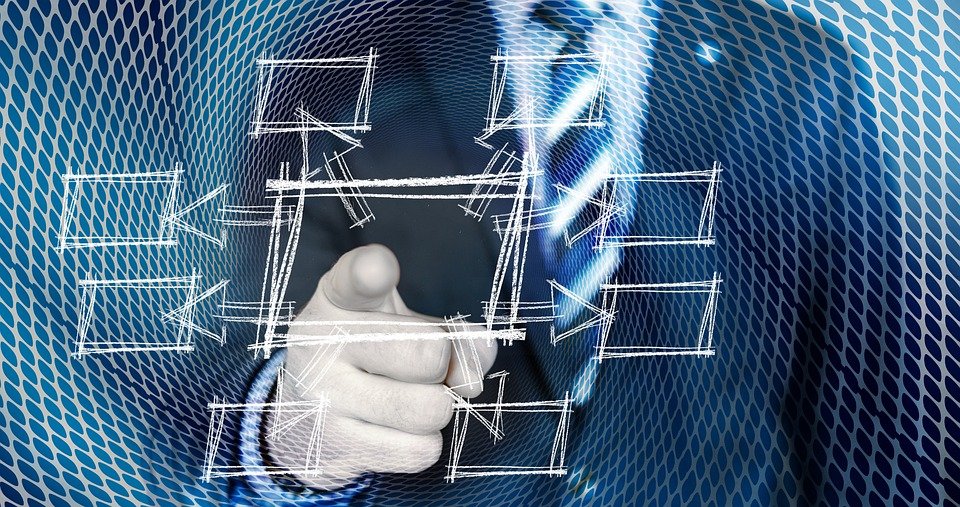Since the term “singularity” was first coined by mathematician John von Neumann in the 1950s, it has captured the imagination of scientists, technologists, and futurists. Singularity refers to a hypothetical point in the future when artificial intelligence (AI) and other technological advancements surpass human intelligence, leading to an unprecedented acceleration of progress. While the concept of singularity may seem like science fiction, it is firmly rooted in the realm of mathematics.
At the heart of singularity lies the field of exponential growth, which can be mathematically described by exponential functions. Exponential growth occurs when a quantity increases at a constant percentage rate over time. This concept is essential in understanding how technological progress has accelerated over the past few decades and how it may continue to do so in the future.
Moore’s Law, formulated by Intel co-founder Gordon Moore in 1965, is a prime example of exponential growth in the field of computer hardware. This observation states that the number of transistors on a microchip doubles approximately every two years, leading to a corresponding increase in computational power. This exponential growth has allowed for the development of increasingly powerful and sophisticated technologies, such as AI systems, supercomputers, and smartphones.
Mathematically, Moore’s Law can be expressed using exponential notation: N = N0 × 2^t/d, where N is the number of transistors, N0 is the initial number of transistors, t is the time elapsed, and d is the doubling time. This simple equation encapsulates the fundamental principle behind the exponential growth of technological progress.
Singularity, however, goes beyond the exponential growth of hardware and delves into the realm of AI. The field of AI revolves around designing machines capable of performing tasks that normally require human intelligence. This includes complex problem-solving, pattern recognition, natural language processing, and even creativity.
The mathematical foundation for AI lies in algorithms, statistical models, and machine learning techniques. These mathematical tools enable machines to analyze vast amounts of data, recognize patterns, and make intelligent decisions. Machine learning algorithms, such as neural networks, are particularly crucial in training AI systems to improve their performance over time.
Deep learning, a subset of machine learning, has been a driving force behind recent breakthroughs in AI. Deep neural networks, inspired by the structure of the human brain, consist of multiple layers of interconnected artificial neurons. Each layer processes and refines the information received from the previous layer, gradually extracting higher-level features and building complex representations. Mathematically, deep learning is based on the principles of linear algebra, calculus, and optimization, which allow for efficient training and inference processes.
The convergence of exponential growth in hardware and advancements in AI has led to the rapid development of technologies that were once considered science fiction. From self-driving cars to virtual assistants, AI is now integrated into various aspects of our lives. It has transformed industries, revolutionized healthcare, and opened up new possibilities for scientific research.
However, the concept of singularity also raises important questions and concerns. As AI becomes more sophisticated, there are ethical considerations about the potential consequences of allowing machines to surpass human intelligence. Issues such as job displacement, biased algorithms, and the existential risks associated with superintelligent AI pose significant challenges that require careful consideration and regulation.
In conclusion, the mathematics behind the technological revolution and singularity provides a framework to understand the exponential growth of progress. From Moore’s Law to deep learning algorithms, mathematics plays a pivotal role in enabling the development of increasingly advanced technologies. While the future implications of singularity remain uncertain, it is clear that mathematics will continue to be at the forefront of unraveling the mysteries and shaping the trajectory of this transformative technological revolution.

